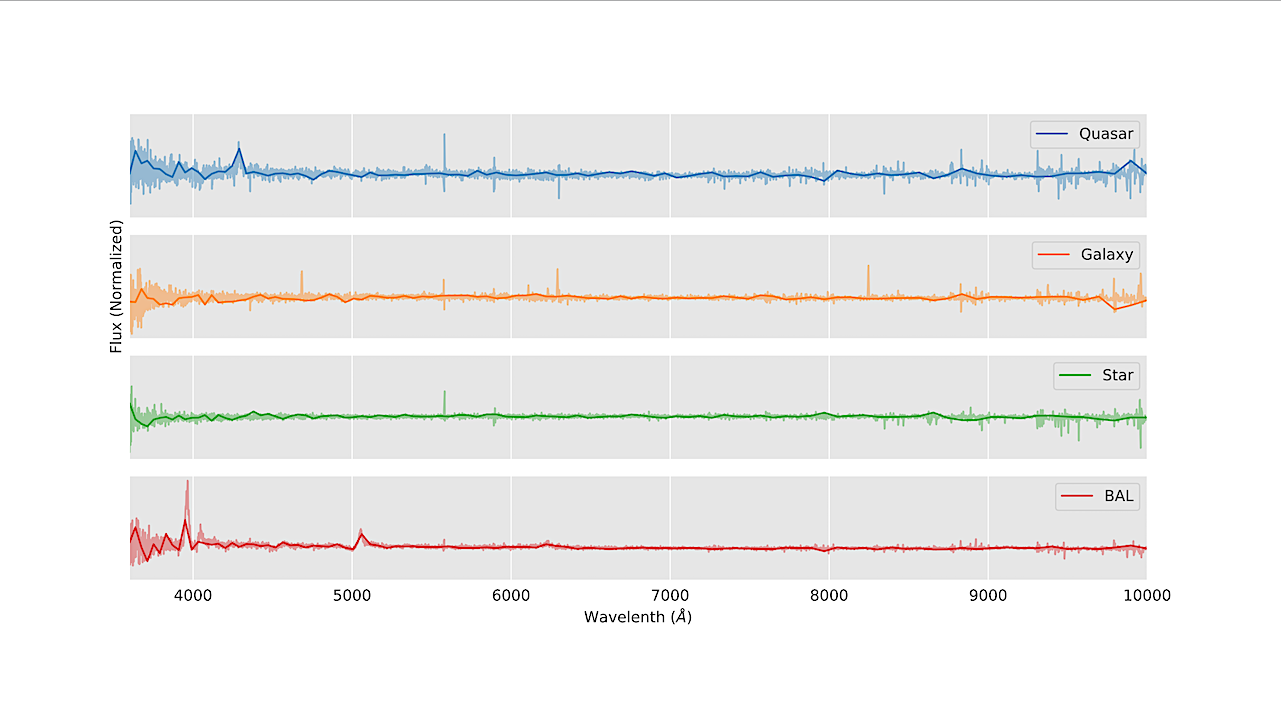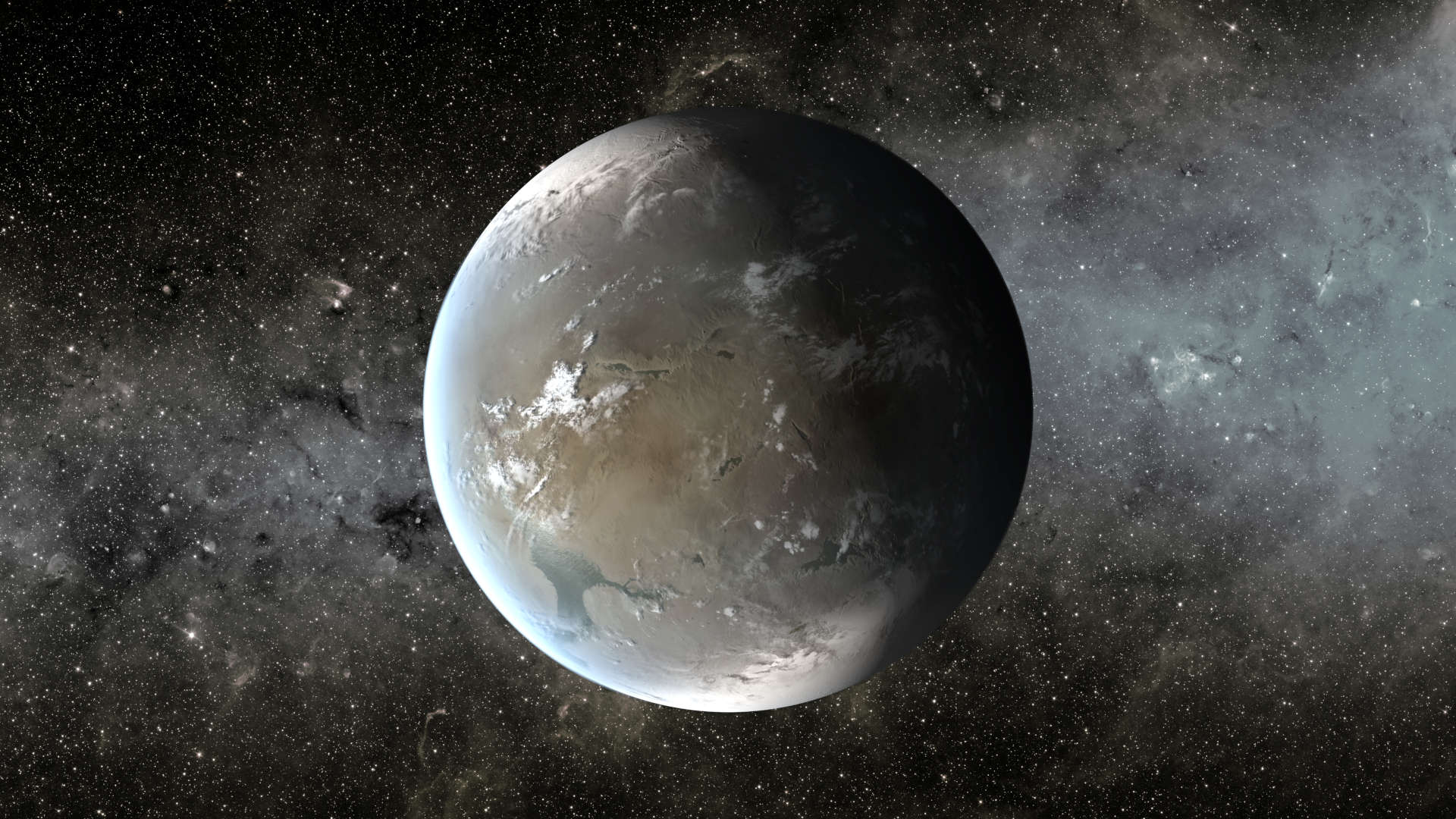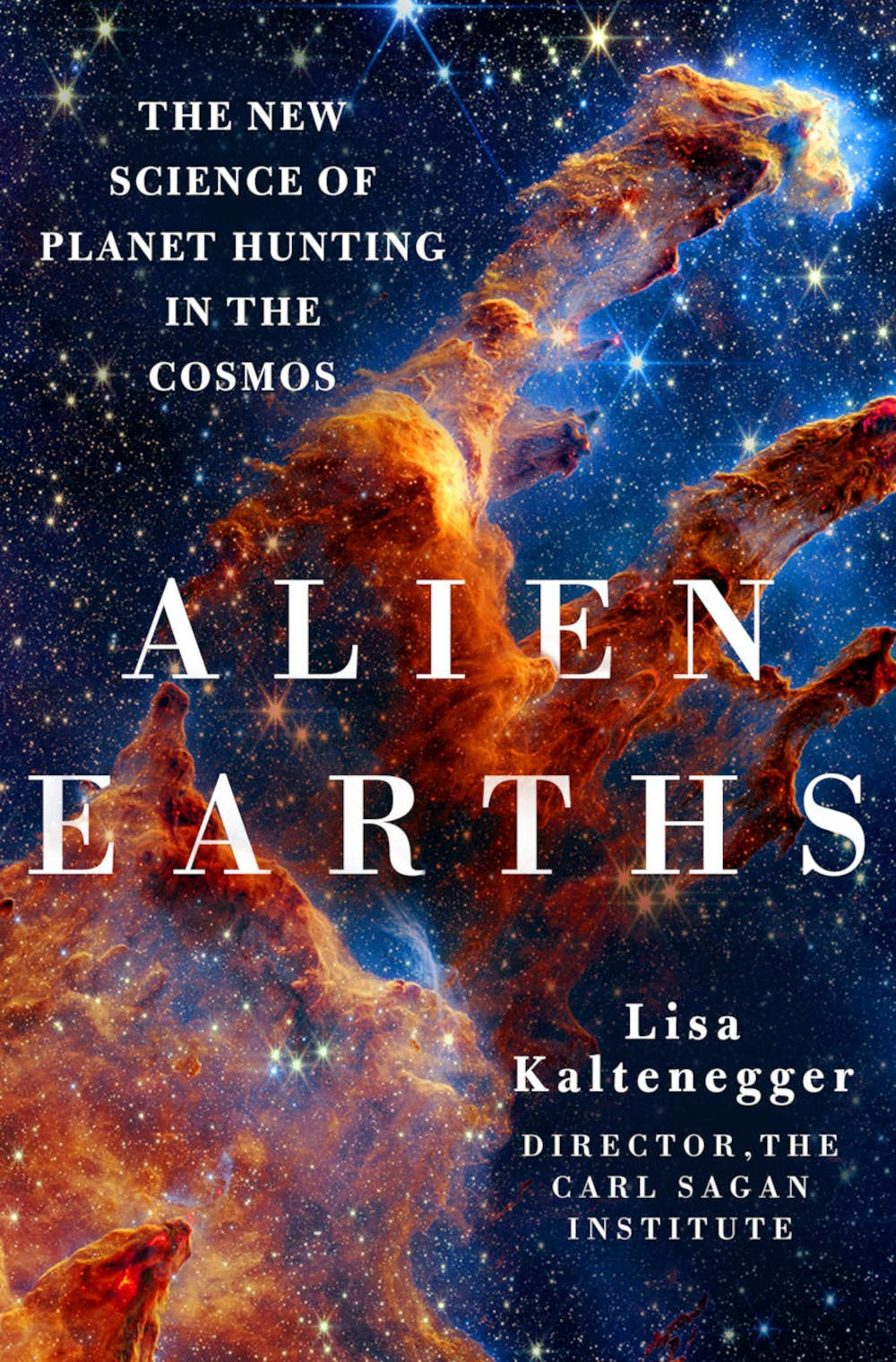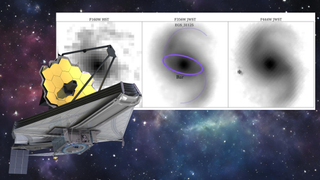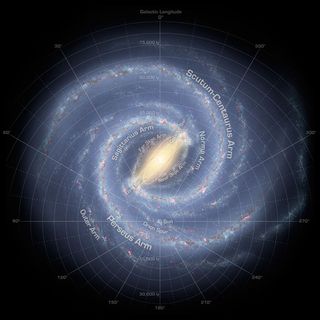AMS Science Preview: Hawaiian climates; chronic pain; lightning-caused wildfires
Early online research from journals of the American Meteorological Society
AMERICAN METEOROLOGICAL SOCIETY
IMAGE:
NEW HAWAIIAN CLIMATE DIVISIONS, FIGURE 2(A) FROM LUO ET AL. (2024), “ROUTINE CLIMATE MONITORING IN THE STATE OF HAWAI‘I: ESTABLISHMENT OF STATE CLIMATE DIVISIONS,” BULLETIN OF THE AMERICAN METEOROLOGICAL SOCIETY. DOI: https://doi.org/10.1175/BAMS-D-23-0236.1
view moreCREDIT: FROM LUO ET AL. (2024), “ROUTINE CLIMATE MONITORING IN THE STATE OF HAWAI‘I: ESTABLISHMENT OF STATE CLIMATE DIVISIONS,” BULLETIN OF THE AMERICAN METEOROLOGICAL SOCIETY.
The American Meteorological Society continuously publishes research on climate, weather, and water in its 12 journals. Many of these articles are available for early online access–they are peer-reviewed, but not yet in their final published form.
Below is a selection of articles published early online recently. Some articles are open-access; to view others, members of the media can contact kpflaumer@ametsoc.org for press login credentials.
Routine Climate Monitoring in the State of Hawai‘i: Establishment of State Climate Divisions
Bulletin of the American Meteorological Society
Dividing up Hawaiian climates. Despite its incredibly diverse weather patterns, Hawai‘i has until now been the only U.S. state without official climate zones–meaning the islands are excluded from many national climate analyses and models. A new study identifies twelve official climate divisions: two each for Kaua‘i, O‘ahu, and Maui County, and six on Hawai‘i Island. Establishment of these divisions will improve climate research, monitoring, and weather forecasting. Divisions 5, 7, and 10 (located in rain shadows at high elevations) have the lowest average rainfall (<50 mm/month) while the Hilo Division (12) sees the most rain (over 300 mm/month).
Anthropogenic Changes of Interannual-to-Decadal Climate Variability in CMIP6 Multi-Ensemble Simulations
Journal of Climate
Climate variability may increase/decrease in different parts of the world. A modeling study of anthropogenic effects on internal climate variability (including seasonal and interannual fluctuating patterns) found two major trends: a decrease in surface air temperature variability at high latitudes, related to melting sea ice; and increasing variability of temperature and precipitation closer to the tropics (associated with the El Niño-Southern Oscillation system), both of which could have profoundly destabilizing effects on human societies and ecosystems in the region.
How Being Inside or Outside of Buildings Affects the Causal Relationship Between Weather and Pain Among People Living with Chronic Pain
Weather, Climate, and Society
Chronic pain sufferers who spend time outside see stronger weather-based effects. The authors analyze records from a smartphone study in which participants with chronic pain reported daily pain severity and time spent outside. Respondents were slightly more likely to experience a pain event during periods of high wind speed, and less likely to experience a pain event on higher-temperature days–but the effects were only significant among people who spent some time outdoors. A significant yet small relationship was found between pain and low atmospheric pressure, regardless of time spent outside.
Assessing Flash Characteristics in Lightning-Initiated Wildfire Events between 1995 and 2020 within the Contiguous United States
Journal of Applied Meteorology and Climatology
Which type of lightning causes the most wildfires? Lightning-initiated wildfires (LIWs) are responsible for more than half the acres burned in the contiguous United States. Researchers believed most LIWs to be caused by positive cloud-to-ground (+CG) flashes, in which a channel of positive charge reaches down from the clouds and connects with ground-based negative charges. A new study uses 26 years’ worth of data to overturn that belief, finding that 92% of LIW ignitions are actually caused by more common negative cloud-to-ground (-CG) strikes. More than half of these -CG ignitions were caused by a single strike.
Are Atmospheric Models Too Cold in the Mountains? The State of Science and Insights from the SAIL Field Campaign
Bulletin of the American Meteorological Society
Climate models may overestimate how cold mountains are. Mountain temperatures have a crucial influence on the ice and snow reservoirs that drive water availability in many areas. A literature review, supported by SAIL field campaign observations in the Rockies, suggests that “atmospheric models, from those that predict the weather to those that predict the future climate, are several degrees too cold on-average in … mountain regions.” It’s possible that this “cold bias” could impact how well models estimate future weather, climate, and water resources–for instance, by over-predicting how much snow vs. rain will fall.
Supercell Tornadogenesis: Recent Progress in our State of Understanding
Bulletin of the American Meteorological Society
Reconceptualizing tornado formation. This article helps to further unravel the enduring meteorological mystery of how supercell storms generate tornadoes, thanks to new research techniques that allow us to observe and model small-scale processes. Blending prior research with recent insights, the authors propose a four-step conceptual model, with the following key processes: a) the initial creation of a rotating updraft, b) development of disorganized patches of rotation at the land surface, c) the organization of these patches into a more defined, symmetric vortex, and d) the final transition into a fully developed tornado, a newly understood phase in which air turns abruptly upward very near the surface, enabling the tornado vortex to more easily persist.
Climate Justice and Climate Adaptation in California: Indigenous Community Climate Adaptation Leadership and Opportunities for Scientific Collaboration
Weather, Climate, and Society
Indigenous adaptation. This paper examines ways in which climate science and funding practitioners can be better partners in Indigenous communities’ ongoing work adapting to climate change. Examples include the Sogorea Te’ Land Trust (STLT), an urban Indigenous women-led land trust located in the east San Francisco bay area, which is creating community spaces and resources to improve resilience and emergency preparedness; the Keepers of the Flame Project in which tribal, agency, and other stakeholders work together to integrate Indigenous knowledge and needs into fire management plans; and the Winnemum Wintu Tribe’s community activism, the success of which has built a base for future climate action.
Observed Climatology and Variability of Cattle Heat Stress in Australia
Journal of Applied Meteorology and Climatology
Heat stress and cows. Based on historical data, this study applied three different thermal stress indices to identify the conditions that cause the most heat stress in cattle in Australia. The authors found the worst effects during times of high relative humidity combined with low wind speeds, or high sun exposure combined with high surface temperatures; they concluded that multiple different indices are needed to properly assess and predict heat stress among cattle and describe the need for a standardized risk classification system across Australia’s varied climates.
Sublimation of Snow
Bulletin of the American Meteorological Society
Vaporizing snow may affect Colorado River water resources. Each winter, “sublimation” – the conversion of ice and snow directly to water vapor in the air – removes an unknown percentage of snowpack in the Rocky Mountains, later reducing the availability of water in the Colorado River basin. These first detailed, season-long measurements of snow sublimation on a mountain in Colorado quantify how much snow vaporizes (about 10% of peak snow accumulation over the season) and what environmental conditions drive increases in sublimation – for example, when snow is blowing in the wind.
Synoptic Conditions and Lake-to-Lake Connections for Days with Lake-Effect on All of the Great Lakes
Journal of Applied Meteorology and Climatology
Times when the Great Lakes sync up on snow are growing rarer. Only 17% of lake-effect (LE) snow days in the Great Lakes see LE snow across all five lakes–but this study found that those days are responsible for nearly one-third of the bands of lake-effect snow produced in a year. On most of those days, snow bands extend across multiple lakes, which can amplify the magnitude of snow squalls downstream. The number of days with lake effect snow across all five lakes has declined by nearly 50% since the winter of 2008-2009.
You can view all research published in AMS Journals at journals.ametsoc.org.
ARM (atmospheric radiation measurement) radiometers and a rain gauge collecting data as part of the Surface Atmosphere Integrated Field Laboratory (SAIL) campaign, near Gothic, CO, January 2023. Photo by Travis Guy, Hamelmann Communications, courtesy of the U.S. Department of Energy Atmospheric Radiation Measurement (ARM) user facility. Learn more about this project: https://doi.org/10.1175/BAMS-D-23-0082.1
CREDIT
Image courtesy of the U.S. Department of Energy Atmospheric Radiation Measurement (ARM) user facility.
New Model of Tornado Formation
The stages of tornado formation, from Fischer et al. (2024), “Supercell Tornadogenesis: Recent Progress in our State of Understanding,” Bulletin of the American Meteorological Society.
CREDIT
From Fischer et al. (2024), “Supercell Tornadogenesis: Recent Progress in our State of Understanding,” Bulletin of the American Meteorological Society.
Sublimation of Snow Project principal investigator Jessica Lundquist (University of Washington) and co-principal investigator Julie Vano (AGCI) install a snow pillow, while members of the National Center for Atmospheric Research team install instrumentation on a 20 meter/70 ft tower at the Rocky Mountain Biological Laboratory in Gothic, Colorado. Photo: Emilio Mateo/Aspen Global Change Institute. Read about this project: https://doi.org/10.1175/BAMS-D-23-0191.1
CREDIT
Photo: Emilio Mateo/Aspen Global Change Institute
About the American Meteorological Society
The American Meteorological Society advances the atmospheric and related sciences, technologies, applications, and services for the benefit of society. Founded in 1919, AMS has a membership of around 12,000 professionals, students, and weather enthusiasts. AMS publishes 12 atmospheric and related oceanic and hydrologic science journals; hosts more than 12 conferences annually; and offers numerous programs and services. Visit us at www.ametsoc.org/.
About AMS Journals
The American Meteorological Society continuously publishes research on climate, weather, and water in its 12 journals. Some AMS journals are open access. Media login credentials are available for subscription journals. Journals include the Bulletin of the American Meteorolocial Society, Weather, Climate, and Society, the Journal of Climate, and Monthly Weather Review.
JOURNAL
Bulletin of the American Meteorological Society
